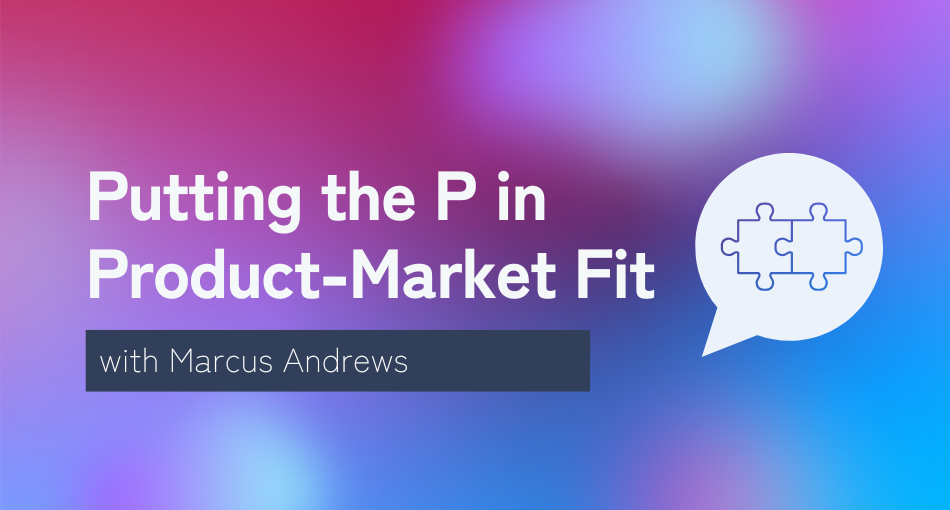 |
On this episode of the REVolution Podcast...
the energy and enthusiasm is palpable as Scott Brinker joins to talk about everything from the Martech map to the intersection of digital transformation and customer experience. We'll also touch on why many organizations continue to struggle with internal change management keeping pace with technology evolution.
Listen now, check out the transcript, and subscribe
Read along with the episode transcript here or find and subscribe on your favorite podcast platform.
About our guest
Scott Brinker is the Vice President of Platform Ecosystem at HubSpot and is a creator of the "infamous" Marketing Technology Landscape map. He’s a writer, speaker, and content creator who is incredibly passionate about all things digital transformation and its intersection with technology, data, people, and processes.
Episode takeaways
From Legos to logos on a martech map
As the conversation kicks off, Mary asks Scott about his background and how the martech map [1:40] got its start and how it’s connected to his role at HubSpot [3:05].
Scott talks about the innovation happening in martech and how marketers need to be able to connect all the systems and data together [3:24].
What is an ecosystem anyway?
Mary asks Scott how he defines ecosystems [5:00]. He thinks about it broadly as all the companies and participants who are related working together. These can be consultants, community members, strategic partnerships, etc. What makes it exciting is that it’s not a hub and spoke model, it's more like a mesh because there are lots of interesting connections across the ecosystem. These combinations and intersections are exciting because they’re building blocks that create a complete solution.
Scott discusses what makes an ecosystem thrive [9:02] and how customer happiness is the whole point of an ecosystem, as companies and partners work together to serve their mutual customers well [9:42].
The state of digital transformation
Mary asks Scott if our digital transformation is complete [10:55] based on an article she recently read. While thinking about the article, he was debating where we are in digital transformation and there was a viewpoint that things are still chaotic. From his perspective, he thinks about how much is actually happening between customers and companies digitally. We’re not at nirvana yet, but pretty much everything we’re doing is connected digitally.
The conversation shifts to data and analytics and how we’re still missing some automation of manual tasks, like spreadsheets [13:25]. Scott asks what we’re doing in spreadsheets that we shouldn’t be doing and what we find most painful [15:45]. Alex talks about getting data out of a system to be able to better analyze it and combine data sources.
So, where do we have the most room to improve digital transformation [17:00]? Scott is paying a lot of attention to the reintegration of martech. In many companies, the technology stack grew in its own silo, away from the rest of the company. Now, the world has changed and the rest of the company is becoming digital and there’s a universal data layer that is underpinning the entire company. We're aggregating data in warehouses (across marketing, sales, customer success, operations, finance) and teams are able to pull it together and manipulate it into insights. We’re also now starting to see patterns in the data to feed into frontline systems so you can do something with those insights. It’s exciting and immature still, but we’ll see a lot of progress in the next 5-10 years.
It all comes back to humans and navigating change
Scott discusses how important it is as a company scales to focus on alignment and coordination, while not creating bottlenecks. It’s somewhat a technology challenge, but it’s also 5x more a management and process challenge [20:10].
Alex brings up data flaws [20:57] in systems and why it’s a real challenge for revenue teams. It’s not just about aggregating data, but actually engineering it. Then, we pivot into why we’re doing what we do at Klearly [22:25] by starting with the end in mind then working backward into what the data needs to look like to get there. A lot of vendors have taken the other approach, simply creating a lot of data and expecting customers to deal with the downstream impacts [23:30]. Scott says we’re making a great case for the ecosystem.
Mary asks Scott about how companies are organizing themselves around the ecosystem [24:12]. Scott mentioned the Stackie awards and how individual companies look at their stacks as internal ecosystems. Then, we discuss how important enablement and learning are for adopting and effectively utilizing technology.
Revenue technology and the holistic buyer's journey
We discuss whether technology is helping teams think about and action a more holistic buyer’s journey [27:39]. Scott discusses the blossoming of martech, then sales tech, now CS tech is emerging. He thinks we’re likely going to see companies looking more at retention and expansion motions given the current market and this will be an impetus for more organizations to focus on the full lifecycle. We haven’t traditionally done as good of a job on this.
Then, we have a fun discussion on what comes first - collaboration, orchestration, or automation [29:03]. Scott thinks it has to start with collaboration because you can’t automate things if people can’t agree. The relationship with automation and orchestration is really interesting. This whole space is evolving where automation used to be very task oriented. Now, when you think about orchestration, you think about collections of tasks coming together. We’re seeing this evolution happen - moving from task automation to workflow automation.
Alignment eats strategy for breakfast
Alex asks about thoughts on alignment [30:55]. Scott talks about how “alignment eats strategy for breakfast.” If you can’t get alignment, nothing else matters because you can't execute against it.
We then talk about the cool concept of vectors and alignment [32:00]. If you have vectors pointing in different directions, they cancel each other out. But if they point in the same direction, they’re additive.
The conversation then shifts into whether CS (customer success) has a seat at the table today [33:15]. Scott sees it as changing, yet often sales is still seen at the top. He likes to think we’re becoming more enlightened about how all the pieces come together. It’s going to take time as mindsets don’t change as rapidly as technology. In this economic downturn, when there’s so much customer journey tech evolving, it’s a bit of a perfect storm. This next year could be a breakthrough year for CS with all the factors coming together.
What's PLG got to do with it?
We start to talk about how important product data is going to be [35:44] and Alex asks about Scott’s thoughts on that. In short, we do see many digital led experiences now and PLG (product led growth) is huge. It comes at a time when third party data in general is going away, or at least being pressured in a way that you shouldn’t bet your strategy on it. Scott laments that third party data was largely crap anyway. Now that we’re developing first party data more, we’re going to see more organizations shifting their focus back to their own data operations and how they’re orchestrating the customer journey based on clear signals of engagement.
Mary brings up where second party data may fit in these ecosystems [38:02]. Scott talks about what it is and how valuable it is in an ecosystem. We talk about different ops teams and how partner operations is going through an incredible renaissance (from data clean rooms, to ecosystem account mapping tools, and beyond). At an account level, you can now look at overlap between different companies and intelligently reach out to people. For example, you could say based on the different tools you have in your tech stack, we see an important integration you should consider.
Revenue as a team sport
We dive into what’s next for the transformation of revenue teams [40:40]. Scott is excited about B2B commerce because the experiences have been less enjoyable, yet there’s enormous demand. He sees a lot of innovation coming in the space to make it easier for people to transact digitally in B2B. He sees [41:45] more plays coming soon where marketing and CS are going to directly drive revenue.
Everyone talks about alignment and agility, yet obstacles remain [44:00] for teams trying to execute together. We talk about how technology changes exponentially, yet organizations and people don’t change at the same rate. When you juxtapose these two things, the gap becomes larger and larger over time. Scott thinks this is the management challenge of the 21st century. We have to be more strategic about changes we’ll embrace vs. those that we let go. Leaders must consider whether they can change and adapt faster than their competitors.
Scott touches on the underlying psychological factors that impact our ability to change [46:30]. Alex weighs in on how important it is to embrace change as we all navigate the technological advances around us [47:37].
We wrap up by talking about how there’s just too much sometimes to think about and do than hours available in a day. On the one hand that’s stressful, yet this is also a time of innovation abundance. Let’s do what we can, embrace what we can, learn all we can, and be grateful for it.




%20(1).png)

